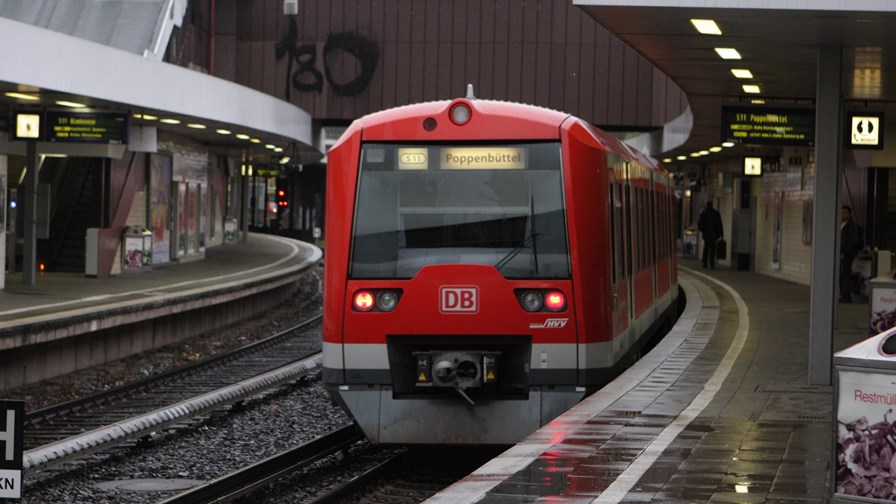
via Flickr © Henry Muhlpfordt (CC BY-SA 2.0)
- Driverless trains to be put through their paces in Hamburg test
- Vendor hopes to prove 5G-based FRMCS is a worthy successor to GSM-R
- The two standards will coexist for years, so efficient use of spectrum is key
Nokia has won a deal from Deutsche Bahn to test automated rail operation using standalone 5G, as the industry works towards upgrading from the ageing GSM-R standard.
The test will see empty driverless trains shunted around a section of track near Bergedorf Station in Hamburg, using 5G to control the rolling stock. Track-side equipment will communicate with kit installed on the trains themselves. The test falls under the Digitale S-Bahn Hamburg project, which aims to roll out highly automated trains on a 23-kilometre section of track in the Hamburg area by 2021. Highly automated means there will be drivers on board, but mainly for safety and oversight. The trains will do the hard work.
"We are very pleased to be Deutsche Bahn's partner, bringing digital technology to the forefront of the Hamburg S-Bahn network and rail system. Together, we have worked to research, develop and deliver the world's first 5G-based communication system for automated rail operation, an important milestone towards the Future Rail Mobile Communication System (FRMCS) and a major step in making Industry 4.0 a reality," said Kathrin Buvac, president of Nokia Enterprise and chief strategy officer, in a statement.
5G is being pitched as the technology to underpin FRMCS, a single, global standard for railway comms.
There is more to FRMCS than driverless trains. According to a Nokia white paper earlier this year, it could help to support IoT connectivity for the purposes of predictive maintenance, which of course promises to improve safety and reduce delays. Video surveillance is another potential application, as is communication services for rail passengers, of course. It is also expected to give railway staff access to more information thereby helping to improve the customer experience.
In short: the digital transformation of railway operations.
FRMCS is the successor to GSM-R, and Nokia is a big player in GSM-R, having supplied equipment to rail operators in 22 countries, covering 109,000 kilometres of track. Nokia claims to be the largest GSM-R vendor in the world by number of commercial networks and length of lines covered.
Little wonder then that Nokia wants to be front of mind when rail operators start to upgrade to FRMCS. Support for GSM-R networks is due to be phased out from 2030 onwards. FRMCS is expected to be rolled out from the mid-2020s, so the two standards will coexist for a while. According to Nokia's white paper, this could cause one or two issues.
"Available spectrum remains the most important challenge facing the railway operator. Because GSM-R and FRMCS will run in parallel during migration, the efficient use of GSM-R spectrum is essential. Current GSM-R networks are not yet wholly updated to GPRS and so must be modernised to meet the latest ETCS (European Train Control System) requirements and free up spectrum for the use of FRMCS in parallel."
Email Newsletters
Sign up to receive TelecomTV's top news and videos, plus exclusive subscriber-only content direct to your inbox.




